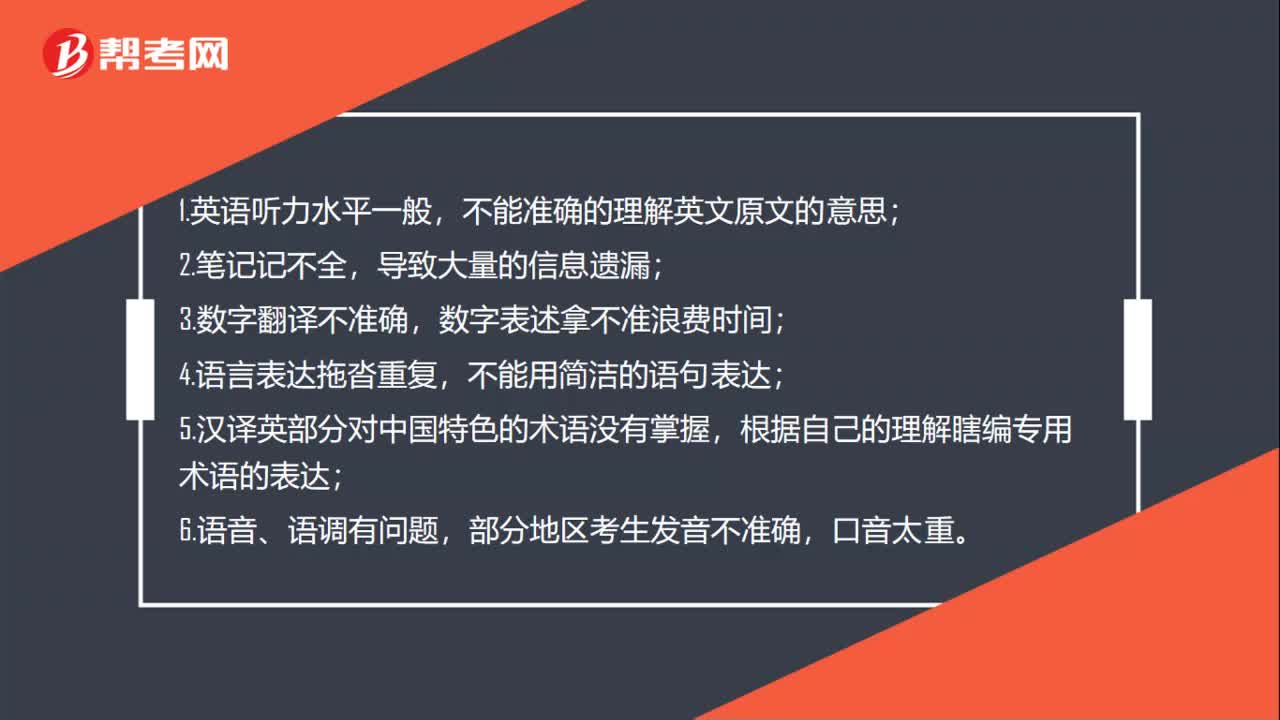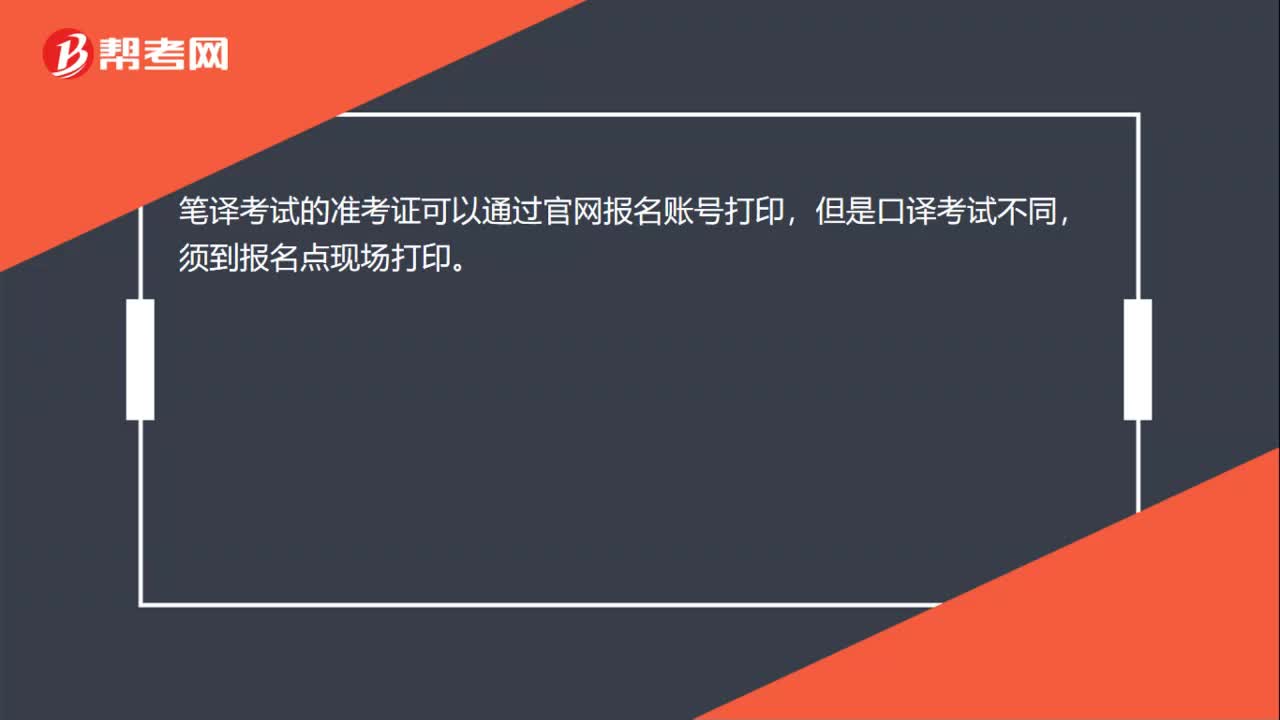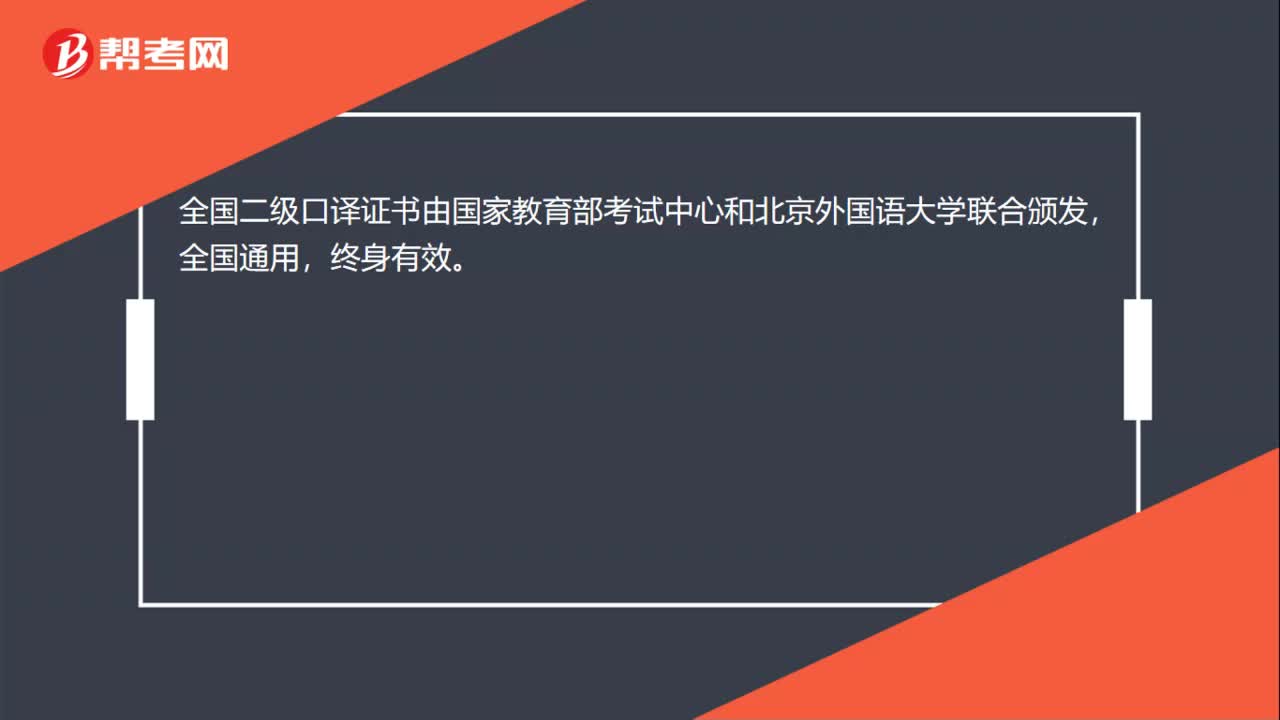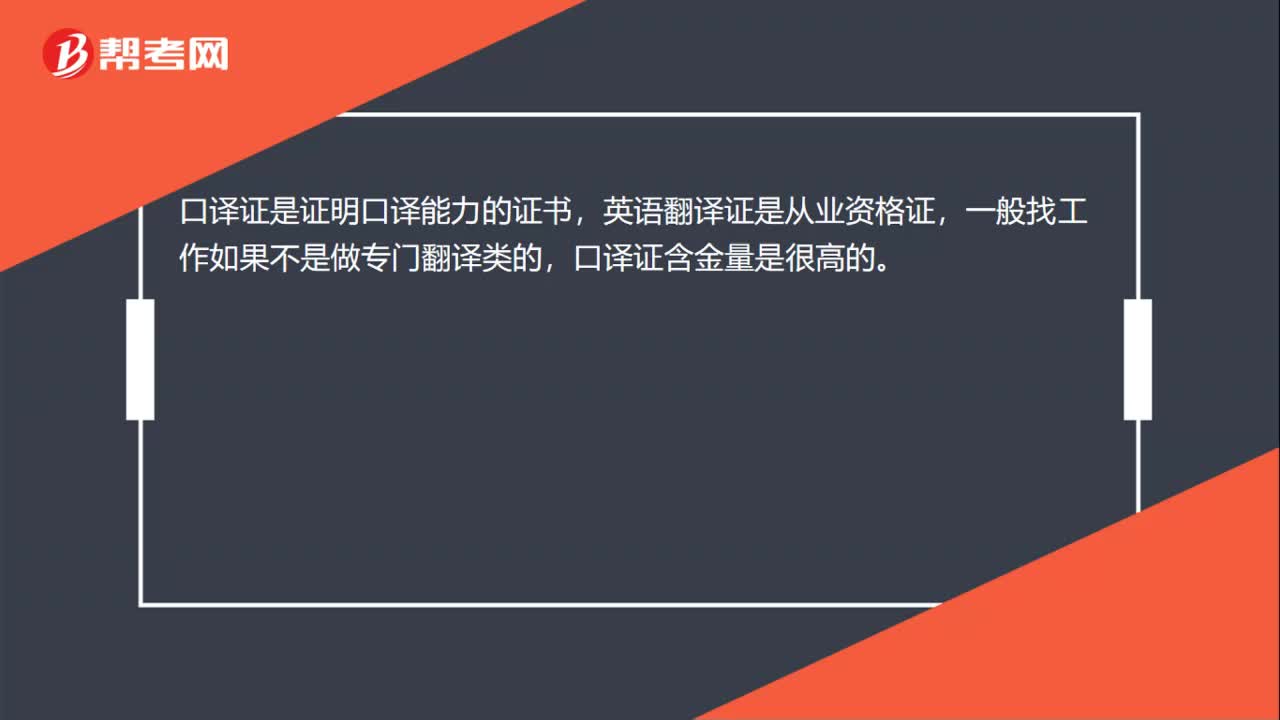
下载亿题库APP
联系电话:400-660-1360

下载亿题库APP
联系电话:400-660-1360

请谨慎保管和记忆你的密码,以免泄露和丢失

请谨慎保管和记忆你的密码,以免泄露和丢失

为了帮助广大考生顺利通过口译笔译考试,帮考网为大家分享了一些高级口译试题相关内容,希望大家每天坚持练习,积极备考。
More Western towns adopt \'toilet to tap\' strategy to water conservation
This summer, Texas\' drought of the century is an uncomfortable reminder that often there just isn\'t enough water to go around. But the 40 consecutive days of triple-digit temperatures and minuscule rainfall may also be boosting the case for a new freshwater source being developed in Big Spring, Texas, and surrounding cities.
With a waste-water-to-drinking-water treatment plant now under construction, Big Spring will soon join the growing list of cities that use recycled sewage water for drinking water – a practice that the squeamish call "toilet to tap."
The trend is expanding as climbing temperatures and dry weather across the West force environmentalists, politicians, and citizens to find newer, better solutions to freshwater resources.
Heat wave: Four things that will rise with the temperatures
"It\'s really a natural and cost-effective [solution] when you don\'t have another resource available," says David Sedlak, professor of civil and environmental engineering and codirector of the Berkeley Water Center at the University of California, Berkeley. "We have to recognize that as the population of the country continues to move out into the West and as climate change continually reduces the water supply, these issues are going to become more and more important."
The $13 million Big Spring Water Reclamation Plant, due to open early next year, will pump 2 million gallons of water each day to Big Spring and three nearby cities – Stanton, Midland, and Odessa – using the waste water produced by area residents.
"The neat thing about it is that we\'ll be able to use 100 percent of the water, 100 percent of the time," says John Grant, general manager of Colorado River Municipal Water District, which serves Big Spring.
Mr. Grant, who began looking into alternative water supplies nearly 12 years ago, says public feedback runs the gamut from "There\'s no way I\'m going to drink this" to "Why haven\'t y\'all done this sooner?"
Water reuse plants are not new, and municipalities in states from California to Florida have them.
How it works
In southern California, the largest water purification plant in the world produces 70 million gallons of water every day using recycled sewage water. The $480 million Groundwater Replenishment System (GRS) in Orange County takes already-treated waste water from the sanitation district next door and sends it through a rigorous three-step cleaning process to produce high-quality water that tastes like bottled water, says Michael Markus, general manager of the Orange County Water District.
The water first undergoes microfiltration to eradicate suspended solids, protozoa, bacteria, and some viruses. Second, it undergoes reverse osmosis – a process commonly used for improving water for drinking by forcing it through a filter. Finally, high-intensity ultraviolet light combined with hydrogen peroxide destroys any remaining organic compounds.
"We need to find ways to find more reliable sources of water, and recycling is, in our mind, the best way to do that," Mr. Markus says. "This is a source we can count on, because we can control it."
The GRS is classified as an indirect potable reuse plant, which means its purified output doesn\'t go directly into the drinking water distribution system. Instead, the water is piped to a large ground water basin, where it sits for about six months. The aquifer serves as an environmental buffer between the purification plant and the tap.
"From a public perception standpoint, if you take [the water] back to the environment, the public\'s memory of where it\'s been is taken away," says UC Berkeley\'s Mr. Sedlak.
Public\'s resistance
The biggest hurdle in water reuse is public acceptance – or the "yuck factor," say experts. "Toilet to tap" is unappealing to many people even though the water is high-quality and pure.
"That\'s a stigma that people need to get over," says Davis Ford, adjunct professor at the University of Texas at Austin and an expert in environmental and water resources engineering. "[Water reuse] is not new science. It\'s absolutely safe with the disinfection we have ... it\'s good-quality water."
评析:本篇讲述的是在水资源日益紧缺的压力之下,美国循环利用污水,让水资源经历“从厕所到水龙头”的过程的情况。文中介绍了处理所需的设备、方法、步骤,以及美国民众对再生水的接受程度。
全文内容集中,结构清晰,但一些生词可能对阅读造成一些障碍,但不会影响整体理解。
osmosis n. 渗透作用
hydrogen peroxide n. 过氧化氢(双氧水)
aquifer n. 地下水含水层
看到这里小伙伴们是否有所收获呢?希望帮考网为大家分享的内容能给大家带来帮助,后续也可以多关注帮考网,这里有更多的考试资讯,你想知道的都在这!
 27
27三级笔译和口译考试每年可以考几次?:三级笔译和口译考试每年可以考几次?通常情况下笔译口译考试都是每年两次。上半年一般在1月份报名,5月份考试,下半年一般在7月份报名,11月考试,各省市情况不一,具体情况可上CATTI官网或各省市人事考试网查询。
 43
43口译考试应注意哪些问题?:口译考试应注意哪些问题?1.英语听力水平一般,不能准确的理解英文原文的意思;2.笔记记不全,导致大量的信息遗漏;3.数字翻译不准确,数字表述拿不准浪费时间;4.语言表达拖沓重复,不能用简洁的语句表达;5.汉译英部分对中国特色的术语没有掌握,根据自己的理解瞎编专用术语的表达;6.语音、语调有问题,部分地区考生发音不准确,口音太重。
 36
36口译笔译考试在海外的考试地点有哪些?:口译笔译考试在海外的考试地点有哪些?口译笔译是中国目前唯一在海外开设考点的职业资格考试。自2019年起,在海外逐渐开设考点,白俄罗斯国立大学是第一个海外考点。目前,已在俄罗斯莫斯科、圣彼得堡,白俄罗斯明斯克等开设考点,2020年还将在新加坡、马来西亚、泰国、加拿大等多个国家开设考点。
 00:23
00:232020-06-03
 00:15
00:152020-06-03
 00:27
00:272020-06-03
 00:17
00:172020-06-03
 00:17
00:172020-06-03

微信扫码关注公众号
获取更多考试热门资料